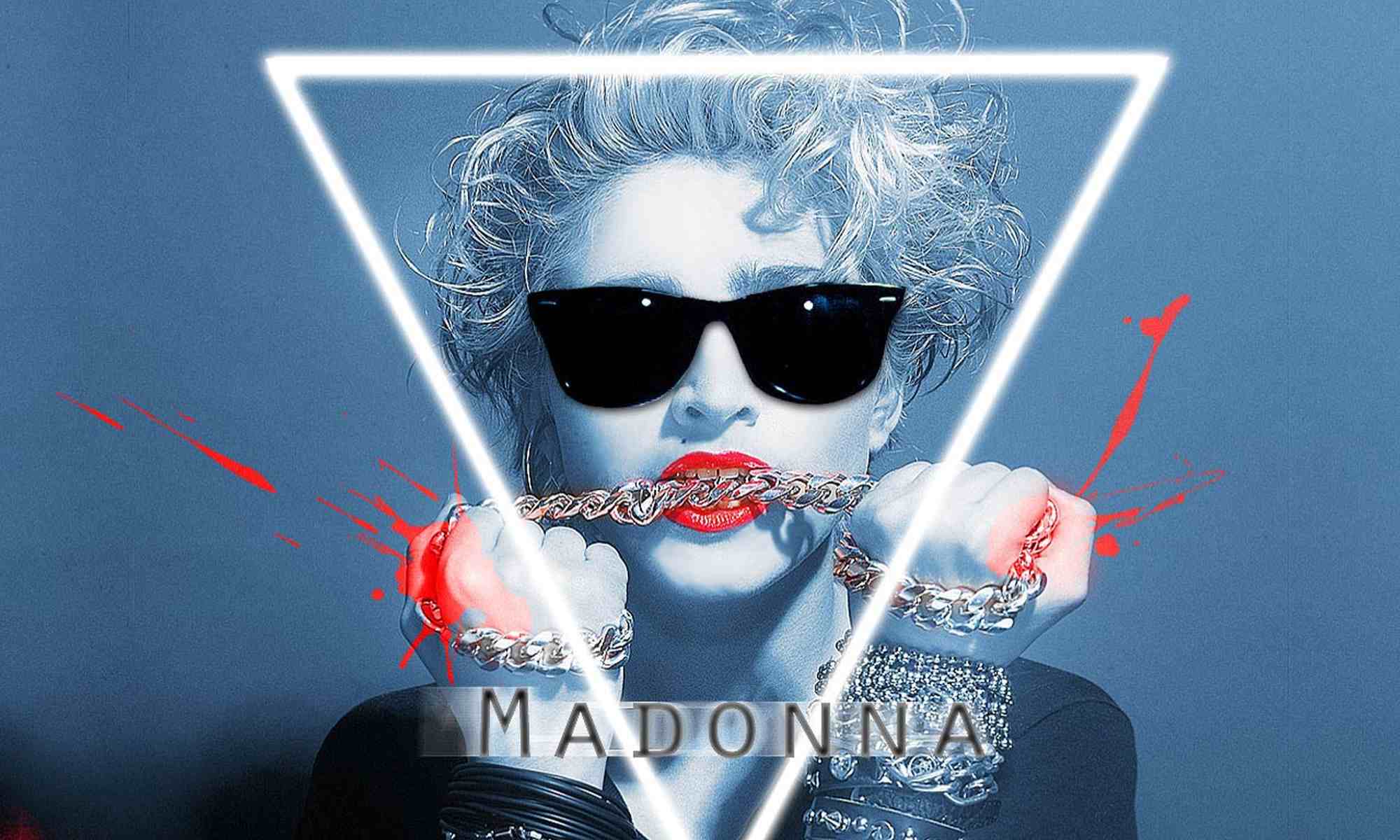Madonna & Christus Rex: The Banking Dynasties and Divine Justice
Scene: A dimly lit candlelit chapel. Christus Rex sits at an old wooden table, flipping through pages of an ancient tome. Madonna, dressed in flowing robes with Kabbalah bracelets on her wrists, stands beside him, contemplating the weight of history.
Christus Rex:
So, Madonna… the two richest banking dynasties on Earth—the Rothschilds and the Rockefellers—finally merged. The two old men are gone, but their empires remain. How, then, can they face justice?
Madonna:
They can’t. Not in this world. Wealth that vast doesn’t just disappear—it transfers, mutates, rebrands itself. The Rockefellers played their game through oil and institutions, but the Rothschilds? They wrote the rules of the game itself.
Christus Rex:
(“The rules of the game.”) Yes… the chessboard is centuries old, but the game remains unchanged. Baron Jacob Rothschild—I watched him make a brilliant castling move before his death. He fled to Israel, like a king retreating behind his pawns, seeking sanctuary in the synagogues to avoid God’s wrath.
Madonna:
You think he’s hiding, even in death?
Christus Rex:
I am certain. Ever since I turned the Kabbalah Age of Empires page to regicide mode, I have seen it clearly—Le Baron Rothschild, founding father of Israel, hides like a Serbian war criminal. He moves through safe houses, secret rooms, just as Radovan Karadžić did before The Hague finally caught him.
Madonna:
(“Regicide mode.”) You seek to bring down kings, but how do you execute a ghost? The dynasty lives on, and its wealth is untouchable. You can’t fight capital with scripture alone.
Christus Rex:
Who says I fight with scripture alone? The sword of the spirit is sharper than any financial ledger. Rothschild’s banks built empires, and those same empires are now rotting from within. Even the richest bloodlines cannot escape the debt of sin.
Madonna:
You want to unmake what they have built. Tear down their temples of finance. But tell me, Christus Rex… what replaces them?
Christus Rex:
(“What replaces them?”) Not another false kingdom. Not another empire of gold. Justice does not require a new throne—only that the old ones be shattered.
Madonna:
And yet, their heirs remain. Their influence lingers in every central bank, in every transaction. Kill the king, and the machine keeps running.
Christus Rex:
For now. But you, Madonna, you have danced with the Kabbalists. You know their secrets. Do not tell me their empire is eternal.
Madonna:
Nothing is eternal. Not even the Rothschilds. But their fall will not come from swords or sermons—it will come when the world stops believing in their power.
Christus Rex:
Then let them believe in something greater. Let them believe in justice.
(A distant thunderclap echoes outside. The candles flicker. The conversation is not over, but the game has begun.)


